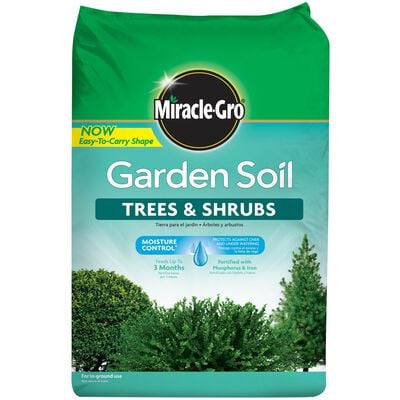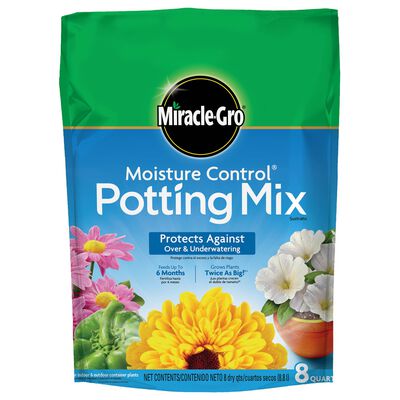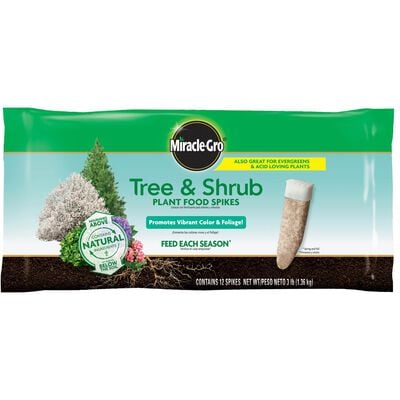
Deer Resistant Vines
These days, it's a good idea to landscape with plants that deer don't like.
Invest in Landscaping Plants that Don't Always Become Deer Fodder
It's too bad that so many yards have become fast-food restaurants for deer. If they're hungry enough, our 4-legged friends will eat just about anything in the landscape. When it comes to vines, they frequently enjoy munching on garden lovelies such as Clematis and Climbing Hydrangea. But, there are some vines which could be better bets if your landscape is plagued by deer.
Trumpet Vine Attracts Hummingbirds, not Deer

One of the most easily grown plants, Common Trumpet creeper or Trumpet Vine climbs over, under and around anything in its path. Campsis radicans is an extremely fast, deciduous grower climbing upwards of 30-40? in height. It is particularly nice used on fence posts but is also good as a screen, on trellises or lath structures. In order to keep this vine in check, prune it back to just a few buds in the spring. Hardy to Zone 4, it has dark green leaves with orange and scarlet, trumpet shaped flowers. Blooms appear on new growth from July to September and attract hummingbirds.
» Find out more about landscaping with native vines
Plant American Bittersweet for Fall Fruit Beauty

If you're looking for an extremely hardy, deer-resistant vine, look no further. American Bittersweet (Celastrus scandens) is a vigorous, fast-growing, twining vine with glossy green leaves hardy to Zone 3. Like hollies, you need a male and female plant to ensure fruit. which matures in October and is highly sought-after for dried flower arrangements. It requires full sun for best fruiting. It's pH-adaptable and tolerates rough soil conditions. In fact, planting it in poor soil helps to help keep it under control as it can grow to more than 20 feet. 2 cultivars of special note are Sweet Tangerine® and Autumn Revolution & trade (shown in photo). Sweet Tangerine has tangerine orange-colored fruit and tolerates urban conditions. Autumn Revolution is hardy to Zone 2, requires only one plant to bear fruit, and bears abundant berries that are twice the size of those from wild plants.
» Mulch your vines with Scotts Nature Scapes Color Enhanced Mulch
Try a Romantic Flowering Vine

Japanese Wisteria (Wisteria floribunda) is prized for its long, pendulous spring flowers. Japanese Wisteria produces large 8-20" slightly fragrant racemes. The flowers open from the base of the raceme to the tip and are available in white and varying shades of pink and violet. For best flowering, a minimum of 6 hours of full sun is needed. For a native alternative, look online for Wisteria macrostachys, or Wisteria Blue Moon. Its flower clusters can reach a foot long, and are very fragrant. Wisteria needs an extremely sturdy support to attach itself, and enough room for it to grow without latching on to other plants. Pruning promotes flowering and keeps growth in check. Plant it in moist, well-drained soil and a higher pH.
» Read about deer-resistant shrubs
» Learn about deer-resistant perennial


